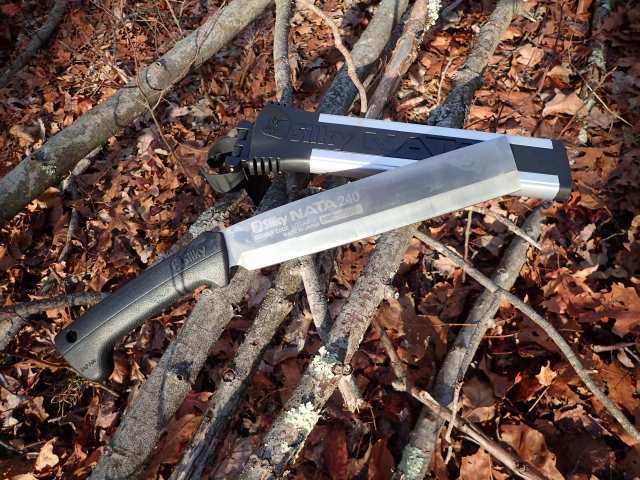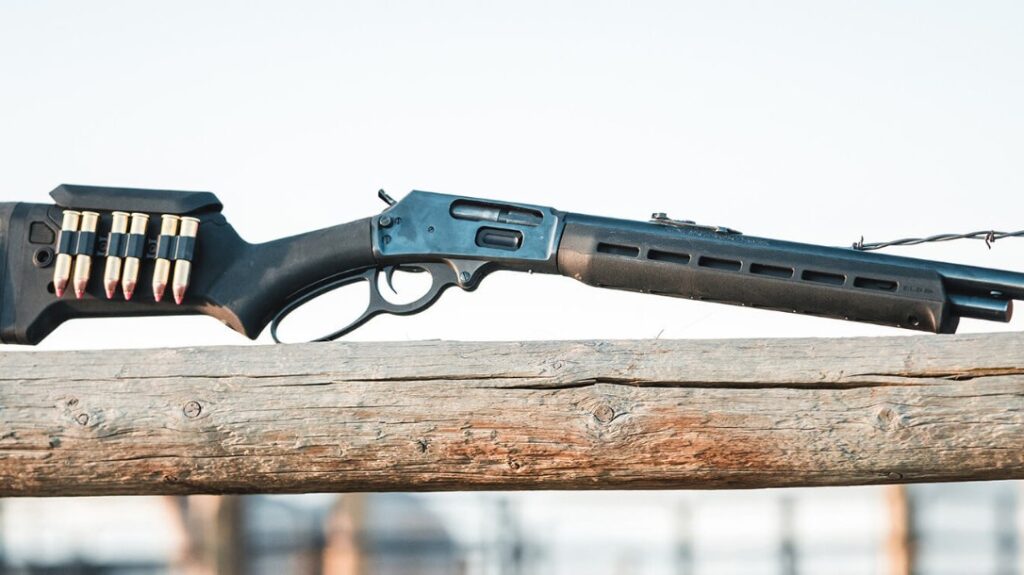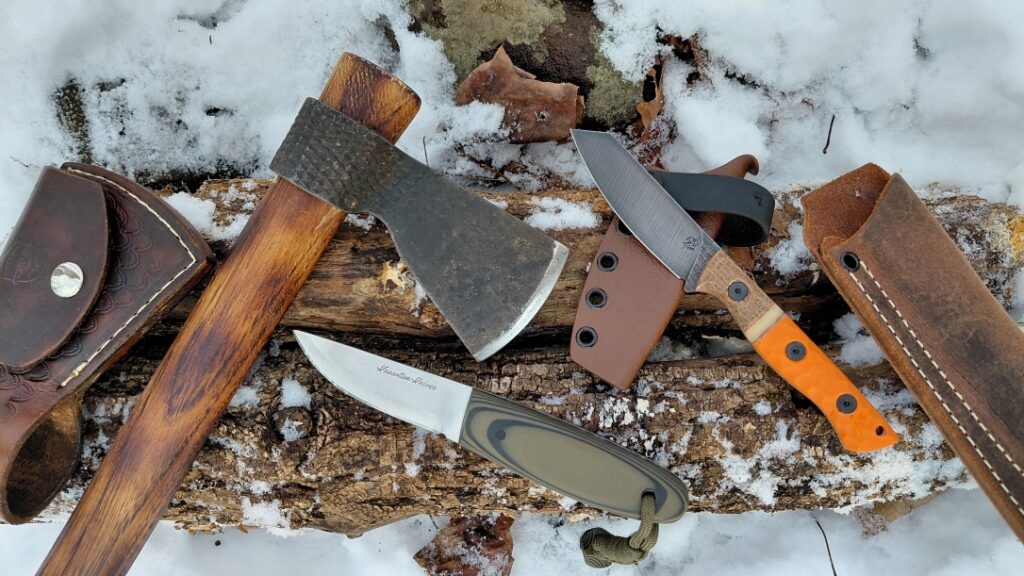The Silky Nata 240mm Outback is a modern take on the traditional Japanese nata hatchet. It gives it a stealthy, field‑ready upgrade that Silky designed for more complex, wetter environments than most stock models.
The Silky Nata 240mm Outback
What’s a Nata Hatchet?
A nata hatchet is a traditional Japanese tool known for its versatile design, combining features of both a hatchet and a machete. A gardener primarily uses a nata for chopping, slicing, and general cutting tasks. The blade of a nata often has a unique, wider profile, allowing for effective cutting through brush, small branches, and other materials.
When comparing a Japanese nata hatchet to a western-style hatchet, several key differences emerge. The Japanese hatchet typically features a thinner blade, excelling at precision cutting, making it ideal for detailed work like crafting. The weight distribution in a nata hatchet often allows for better maneuverability, which enhances its effectiveness for quick, repeated cuts. Here is where the Silky Nata 240mm Outback shines.
Advertisement — Continue Reading Below
On the other hand, western-style hatchets usually have a thicker, heavier blade designed for more powerful chopping motions. People often use them for splitting larger logs or heavy-duty tasks. While western hatchets offer robustness and strength, they may lack the finesse and agility seen in Japanese nata hatchets. This makes the nata better suited for users who need a tool that can perform both delicate tasks and robust cutting in diverse environments.
The Silky Nata Outback Difference
The Silky Nata 240mm Outback sets itself apart from traditional nata hatchets with its impressive combination of stealth, durability, and refined ergonomics. Featuring a full-blade black oxide coating, it resists rust, withstands wear, and eliminates glare, providing you with a tactical advantage over the bright, polished steel found on many standard models. Its non-slip rubberized grip actively absorbs vibration, channeling more power into each cut and reducing fatigue during long periods of use, unlike the bare wood or basic synthetic grips of other natas.
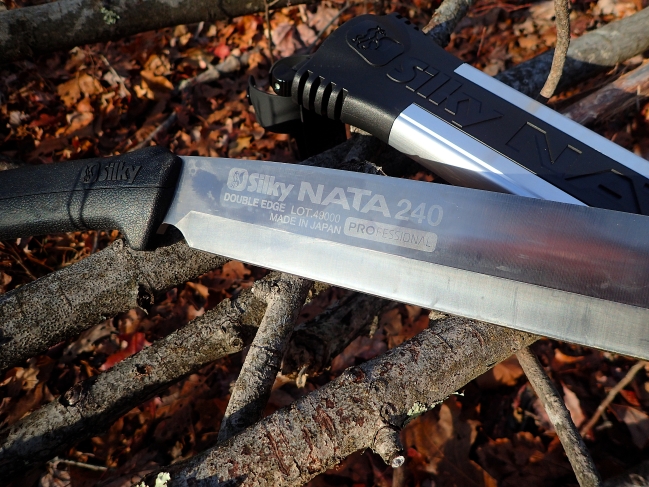
Advertisement — Continue Reading Below
Handcrafted in Ono, Japan, this tool reflects the precision and heritage of a traditional forging hub, distinguishing it from mass-produced alternatives. Weighing approximately 34.2 ounces, with a blade that weighs 20.8 ounces, the Silky Nata delivers a hatchet-like punch along with machete-length reach. The double-beveled edge offers versatility for chopping and slicing in various conditions.
Designed for all-conditions fieldwork, the Silky Nata 240mm Outback excels in tasks like clearing dense brush and prepping firewood, all while avoiding the compromises that typical off-the-shelf options present.
Quick Specs:
| Blade Length | 240 mm / 9.5 in |
| Blade Thickness | 5.7 mm / 0.22 in |
| Hatchet Weight | 970 g / 2.13 lb |
| Blade Weight | 590 g / 1.3 lb |
| Blade Plating | Silky Black Oxide |
| Made In | Ono, Japan |
| MSRP | $131.99 |
Advertisement — Continue Reading Below
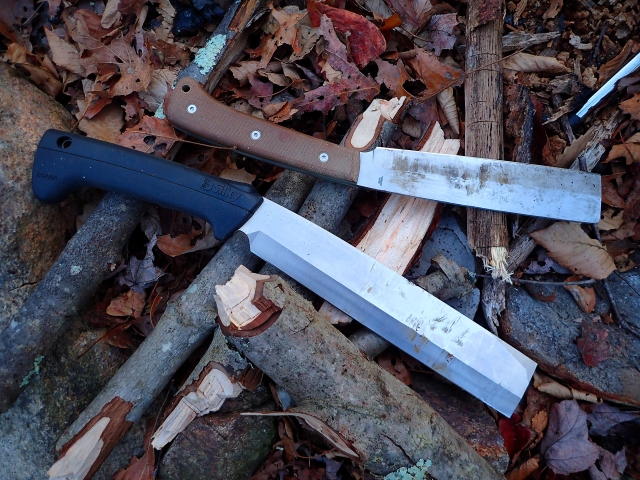
Silky Nata 240mm Outback Performance
It was early December in the Northeast, and temperatures were already hovering in the freezing zone. I was doing an overnighter with a buddy who had an electric chainsaw and small folding saws. I was the one who split the wood and bucked branches off poles for fire preparation.
The Silky Nata was new to me. Up until then, I’d always used traditional natas or American-made versions from TOPS and Knives By Nuge. These nata hatchets were shorter at about 6.5 inches, equalling 165mm. However, that’s the typical size of nata hatchets—it’s the Silky Nata 240mm Outback that’s longer and heavier.
Advertisement — Continue Reading Below
A person can generally use a hatchet with one hand, and two hands for extra power. The same goes for a nata hatchet. However, the larger, heavier Nata 240mm was more exhausting to use one-handed. It had the weight of a larger tool, but lacked the agility and versatility.
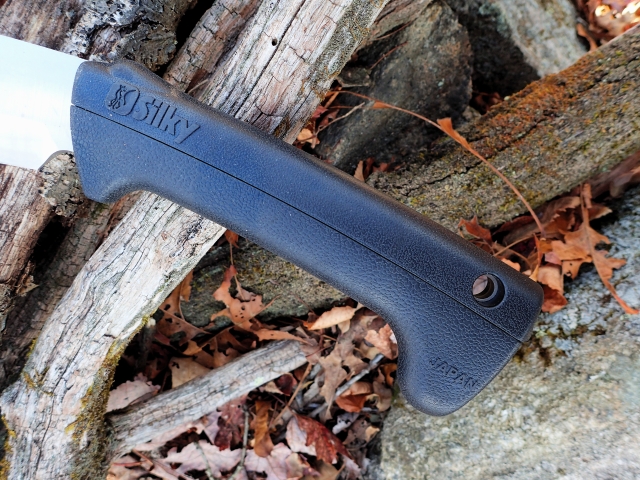
The handle had less shock than my Knives By Nuge Nata prototype, which was a plus. The Silky Nata 240mm Outback handled like a heavy, weight-forward chopping knife. It was excellent for splitting wood via a baton like a froe. The forward-leaning angle (the cant) gives added power, but is challenging to swing for long periods.
Advertisement — Continue Reading Below
A conventional nata hatchet allows for quick chopping and splitting on 2-inch to 4-inch wooden rounds while providing control and precision. Bucking off pinky to thumb-thick branches is also what a nata hatchet does well. The size and weight make this possible. However, the Silky Nata 240mm Outback model didn’t perform these tasks as efficiently as most nata hatchets for my taste.
Heck, I’m still glad I had a chance to try it out once!
